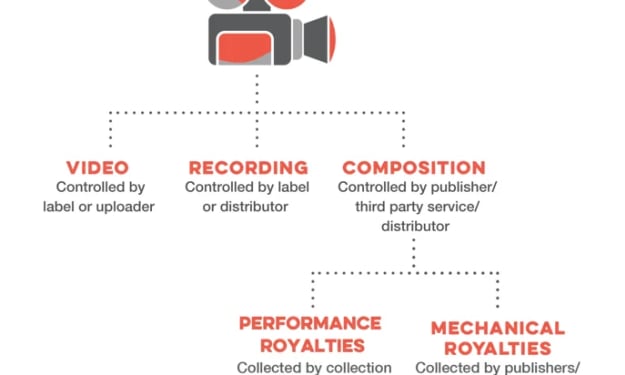German Influence in America
Immigration and Influences
By the mid-18th century, a steady stream of German immigrants came to America, and they took a central place in everyday American life. German immigrants accounted for more than 30% of the entire population of the new American colonies, only outnumbered by the English. In practically every colony, German was a widely spoken language.
In the 19th century, the flow of German immigrants was booming after wars in both America and Europe had slowed down the stream of new immigrants for a couple of decades. This period started in the mid-1770s, but around the mid-1830s, the German immigration flow had increased again dramatically.
By the time they were established in the new country and their new home, the German settlers started to write to their friends and families in Europe and told them about all opportunities available in America.
Because the Germans had become such a predominant immigrant group during the 19th century, it is no surprise that they strongly influenced all sorts of development in America and determined the culture in their new homeland considerably.
Many German contributions to American life are easy to indicate: for example, bear brewing facilities across the U.S., sauerkraut, or the tuba. Yet German influences on life in America run much more profound; they have influenced many traditions, institutions, and daily habits that Quite a few Americans today consider American.
For example, the American education system was heavily influenced by German traditions and would be unrecognizable if it hadn’t been for the ideas championed by these immigrants from Germany.
German influence and culture have long cultivated a decisive commitment to quality education, and the German immigrants brought dedication and knowledge with them into the U.S. In 1855, it was in Wisconsin that German immigrants established the nation’s first kindergarten, a system that was based on kindergartens in Germany.
The German immigrants brought vocational and physical education into the education system and were responsible for including the gymnasium type of education in American public schools. Perhaps even more important, the German immigrants strongly advocated universal education, something that was not common in America in those days.
It could even be defended that the Germans immigrants “invented” the weekend in America. Before the German immigrants arrived, many American colony communities used the Sabbath (Saturday) for resting and family entertainment. The German immigrants, however, had a long-standing Sunday celebration and recreation tradition.
When the German immigrants arrived, they started to set up new, large-scale resting and recreational facilities in many American towns, such as playgrounds, sports clubs, picnic grounds, concert halls, bandstands, and bowling alleys, facilities that were all perfect for weekend getaways with the family. All of us who are visiting or using one of today’s beloved civic orchestras, theme parks, urban parks, or swimming pools owe some gratitude to the German immigrants and their love for recreation.
Quite a few of the traditions that we consider fundamentally American (Santa Claus, the Easter Bunny, the Christmas Tree) were introduced, or at least made hugely popular, by Germans who came to America during the 19th century. We owe some thanks to the German immigrants for many of our traditions and moments of happiness with our families.
For over a century, tens of thousands of German immigrants settled in America’s agricultural and farming areas, where they were of great help to set up America’s agriculture. Just like earlier generations of these immigrants had done before them, they settled just outside the European settlements, where land was still affordable.
Many German farmers moved out west, but in the eastern and Midwest portions of the U.S., the urban German population was also increasing at record speed. Throughout the 19th century, countless highly skilled German laborers immigrated to American cities, bringing them all sorts of specialized skills from the homeland. The German immigrants became respected workers in various craft trades, especially in beer brewing, carpentry, baking, and needle-related trades.
Many of the new German immigrants found employment in factories that were established by German American entrepreneurs like Lomb and Bausch (the founders of the first American optical company), Steinway, Knabe & Schnabel (piano production), Heinz (food industry), or Weyerhaeuser (lumber industry).
About the Creator
Gail Ring
I'm of German/Irish descent and very interested in how these nations have influenced life and the people in the U.S. I'm a GED graduate writing also about education and its challenges.
Enjoyed the story? Support the Creator.
Subscribe for free to receive all their stories in your feed. You could also pledge your support or give them a one-off tip, letting them know you appreciate their work.






Comments
There are no comments for this story
Be the first to respond and start the conversation.